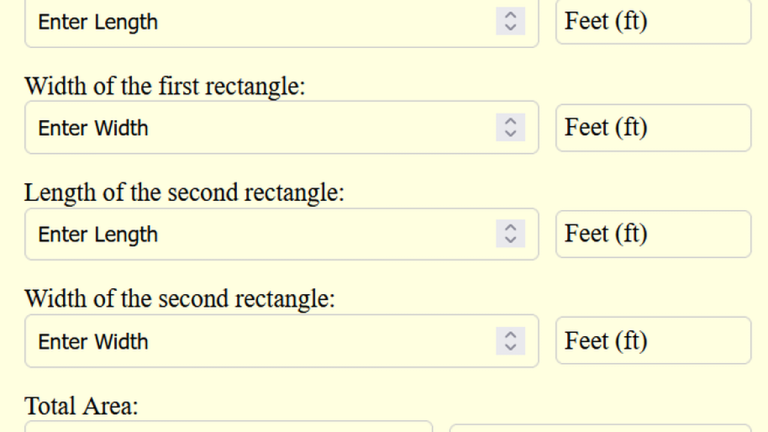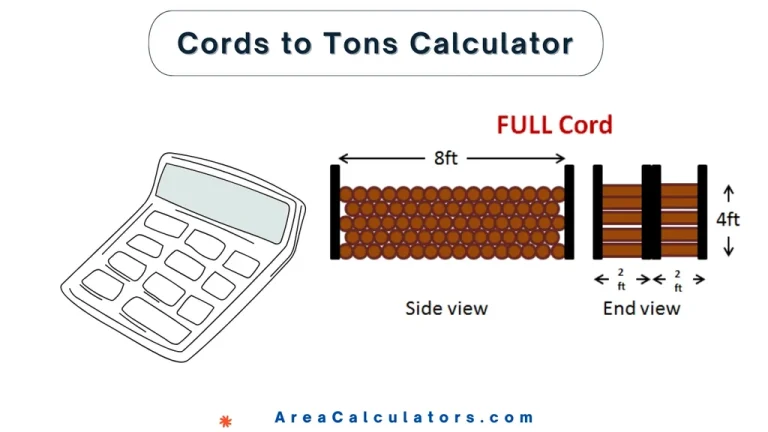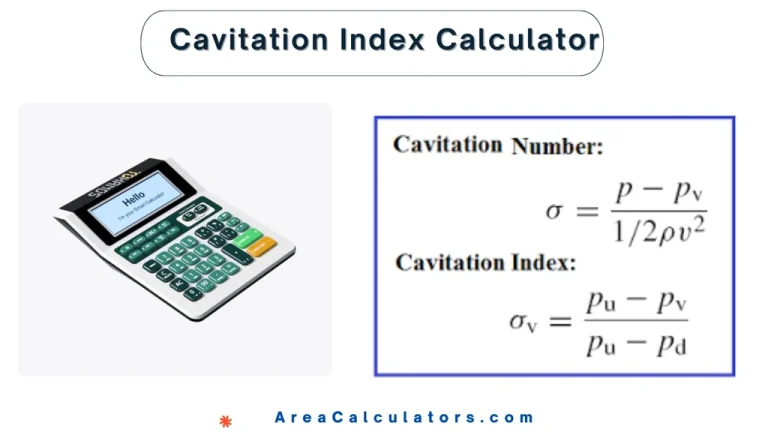Heat Exchange Area Calculator
To calculate the heat exchanger area, multiply the overall heat transfer coefficient (k) by the temperature difference (ΔT) and the heat capacity (C). This will give you the required heat exchange area in square meters.
A Heat Exchange Area Calculator is essential for determining the surface area required for efficient heat transfer between two fluids in a heat exchanger. This calculation is commonly used in engineering and industrial processes to size heat exchangers for optimal performance.
Formula:
A = k × ΔT × C
| Symbol | Meaning |
|---|---|
| A | Heat Exchanger Area |
| k | Overall Heat Transfer Coefficient |
| ΔT | Temperature Difference |
| C | Heat Capacity |
Solved Calculation:
Example 1:
| Calculation | Instructions |
|---|---|
| Given: k = 100 W/m²·K, ΔT = 20 K, C = 50 W/K | Start with the known values of the heat transfer coefficient, temperature difference, and heat capacity. |
| A = 100 × 20 × 50 | Multiply the values for heat transfer coefficient, temperature difference, and heat capacity. |
| A = 100,000 m² | The heat exchanger area required is 100,000 m². |
Answer: The calculated heat exchanger area is 100,000 m².
Example 2:
| Calculation | Instructions |
|---|---|
| Given: k = 150 W/m²·K, ΔT = 30 K, C = 40 W/K | Start with the known values of the heat transfer coefficient, temperature difference, and heat capacity. |
| A = 150 × 30 × 40 | Multiply the values for heat transfer coefficient, temperature difference, and heat capacity. |
| A = 180,000 m² | The heat exchanger area required is 180,000 m². |
Answer: The calculated heat exchanger area is 180,000 m².
What is Heat Exchange Area Calculator ?
A Heat Exchange Area Calculator is an important tool for engineers and HVAC professionals who need to determine the surface area required for effective heat exchange.
To calculate heat exchanger area, you can use specific formulas that take into account factors like flow rates, temperature differences, and the type of heat exchanger. For example, the surface area can be calculated using the overall heat transfer coefficient and the desired heat transfer rate.
To know the size a heat exchanger you have to calculate the area but also considering the type of heat exchanger—like a shell and tube heat exchanger or a plate heat exchanger. Each type has its own calculation method. For instance, a shell and tube heat exchanger area calculator can help you input your specific parameters and obtain accurate results.
For more complex scenarios, you can refer to a formula or a calculation examples provided above. These resources often include necessary variables and equations, making it easier to understand how different factors affect performance. Using tools like a heat exchanger area calculator PDF or an online plate heat exchanger calculator can streamline your calculations and provide quick insights into your system’s requirements, ensuring optimal efficiency and performance.






